
If you’ve ever spotted a chip in your windscreen and shrugged it off, thinking it’d sort itself out, you’re not the only one. I’ve done the same. But driving around Sydney with even a small blemish on the glass? That’s a gamble. What seems like nothing can spread in no time, especially with the mix of sun, potholes, and stop-start traffic. Visibility goes, and so does your safety.
That’s why it pays to take a beat when you first notice damage. Even something minor can throw things off. I remember weighing up whether to just patch the chip or book a proper car windscreen replacement Sydney service — not an easy decision, but leaving it didn’t feel safe. Turns out, leaving it too long only ups the risk. Sometimes a small fix is enough, but not always. Knowing when to act? That’s the difference between a quick job and a bigger, messier one.
The difference between a chip and a crack
Let’s clear this up — a chip and a crack aren’t just two ways to say the same thing. They behave differently and need different fixes.
Chips are usually small and caused by flying stones or debris. Cracks, though? They’re sneaky. They might start tiny, but they love to spread. Next thing you know, you're staring through a spiderweb while trying to navigate peak-hour traffic.
Here’s how it generally breaks down:
Chips tend to be circular or star-shaped and usually localised
Cracks stretch outwards and often weaken the glass
Edge cracks are the ones to watch — they’re trickier to fix
Combination damage needs a closer look — more than one issue complicates things
Once a crack crosses a certain length or location, repair's off the table, it’s no longer about visibility — it’s about structure and safety.
When a repair might be enough
Some damage doesn’t need a full-blown replacement. If it’s caught early — and I mean early — you might be in luck. There’s a window (no pun intended) where repairs are still on the cards.
Here’s when a fix might do the trick:
It's nowhere near the driver’s main field of view
It’s not on the edge of the windscreen
There’s only one chip, and it hasn’t cracked outwards
The process isn’t complicated. Resin gets injected into the spot, then cured with UV light. A bit of polish, and the visibility improves — sometimes almost back to new. Doesn’t make it invincible, but it holds up well if done right.
When replacement is necessary
Now, if things are a bit past the safe line, it’s time to talk replacement. It’s not about overreacting — it’s about knowing what happens if you ignore it. And I’ve seen people wait too long, thinking the damage would stay put.
You’re probably looking at a replacement if:
There’s a crack longer than 7.5cm
The damage is smack in your field of vision
Multiple chips are scattered across the screen
The glass looks pitted, worn, or weathered
Modern windscreens do more than keep bugs out — they’re part of the car’s structure. Some even support sensors or cameras for driver-assist systems. A dodgy windscreen can throw those systems off, which means less backup when you need it.
Design rules and compliance for safety features
There’s a lot more to windscreen safety than people realise. It’s not just about seeing the road. Windshields play a structural role in accidents and affect how airbags deploy. Which is why standards around car safety feature compliance aren’t just red tape — they’re about keeping you upright when things go sideways.
In NSW, vehicle glazing falls under strict design regulations. These cover:
Visibility from the driver's seat
Resistance to shattering and penetration
Tint and reflection limits
No significant cracks within critical viewing areas
Miss the mark, and your vehicle might not pass inspection. Worse still, your safety could be compromised if a crash happens. That’s not the sort of gamble you want to take, especially when damage can spread fast without warning.
Specialty glass: trucks and heavy vehicles
Now, if you’re dealing with a truck or a bigger unit, things change. I helped a mate out with his truck recently — what looked like a simple job turned into three days of sourcing the right glass. That’s because truck windscreen regulations aren’t quite the same as standard vehicles.
For these heavier rigs, windscreen specs may include:
Different curvature or thickness requirements
More rigid framing that affects removal
Higher impact standards
Broader visibility angles due to the cab design
It’s not one-size-fits-all. Replacing the wrong type of glass can create a safety issue, or worse, put the vehicle out of compliance. And for commercial vehicles, that’s a big deal. Having the right info ahead of time saves headaches later on.
What to keep in mind with windscreen damage claims
Not everything about windscreen issues is visible. That’s something I’ve learn after chatting with a few auto techs. Some newer models have features tucked behind the glass — rain sensors, lane cameras, and more. Replacing the screen without resetting those systems? That’s asking for warning lights.
That’s why dealing with chipped windscreens involves more than just swapping the glass. It might also mean recalibrating embedded tech to make sure things work the way they should.
A few things worth knowing:
Some sensors must be realigned post-replacement
Adhesive type affects sensor accuracy
Not all aftermarket glass supports original safety features
Calibration often requires specialist tools, but most mobile units don’t carry them.
Even if the damage looks like no big deal, the tech underneath could tell a different story. The last thing you want is your lane assist glitching during a rainy night drive.

Final thoughts
Here’s the thing — ignoring a chip rarely ends well. I’ve seen it time and again. Small damage becomes a big problem, and before you know it, the whole screen’s a write-off. You don’t need to panic over every mark, but don’t brush them off either.
Knowing when to patch things up and when to replace the whole thing can save time and stress, especially on Sydney roads, where stop-start driving and wild weather love to turn chips into cracks. Make the call early, get it sorted, and move on with confidence.

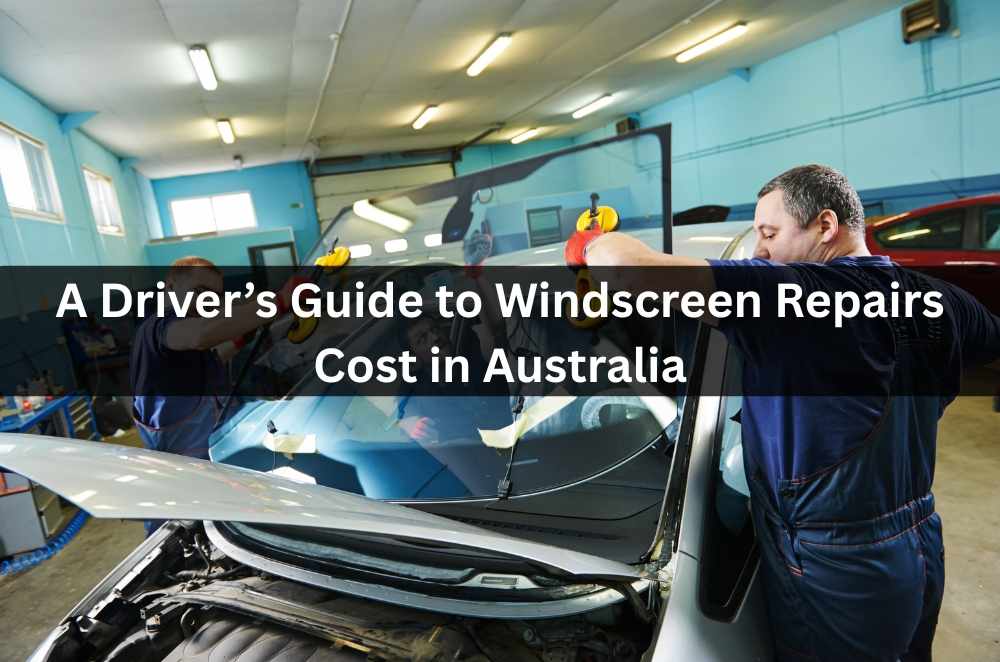
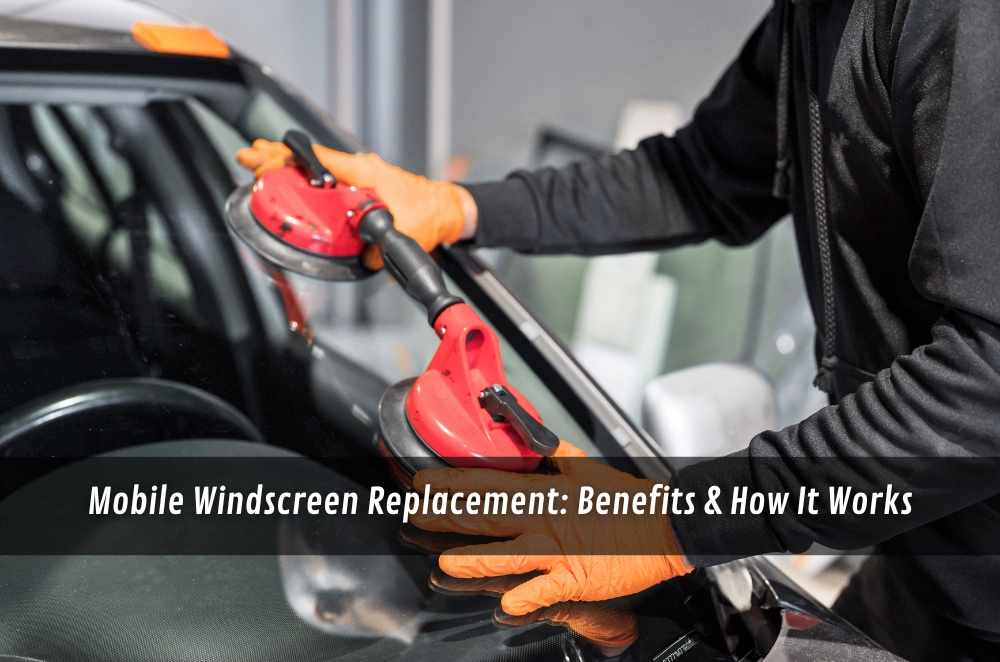
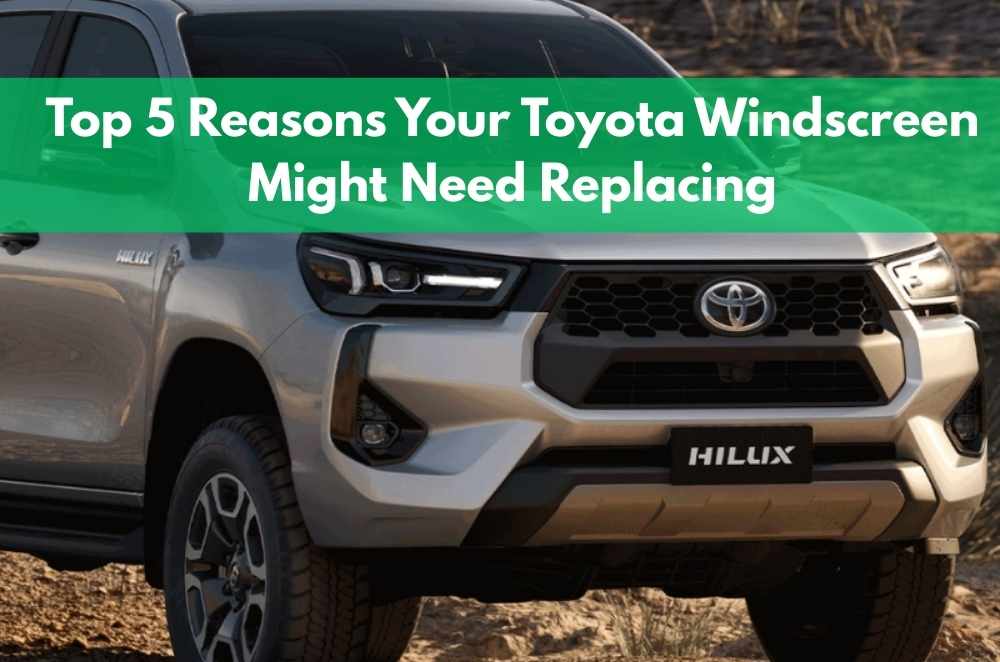
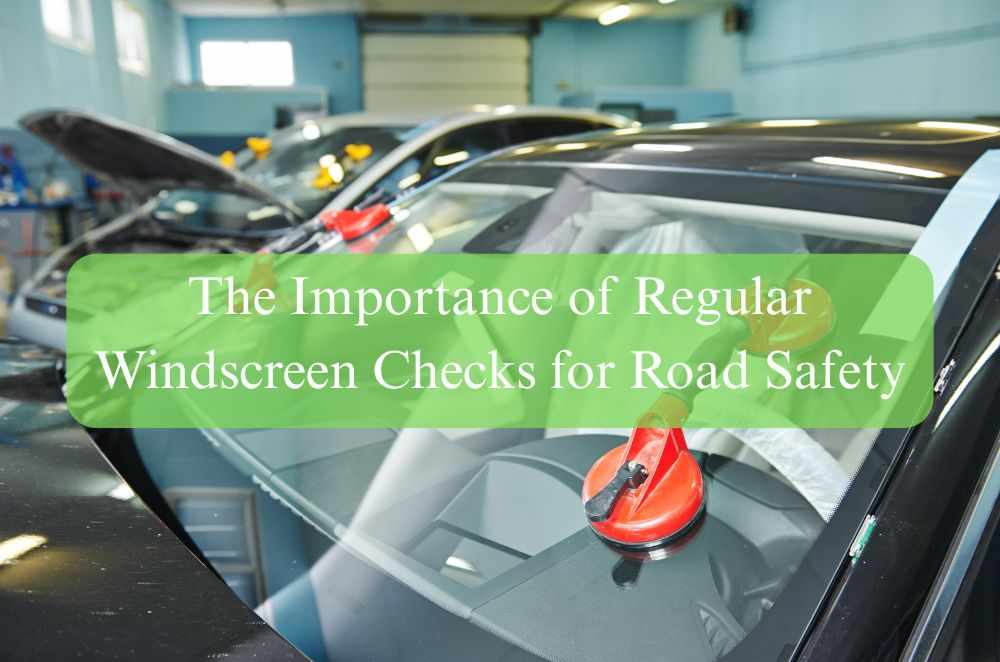

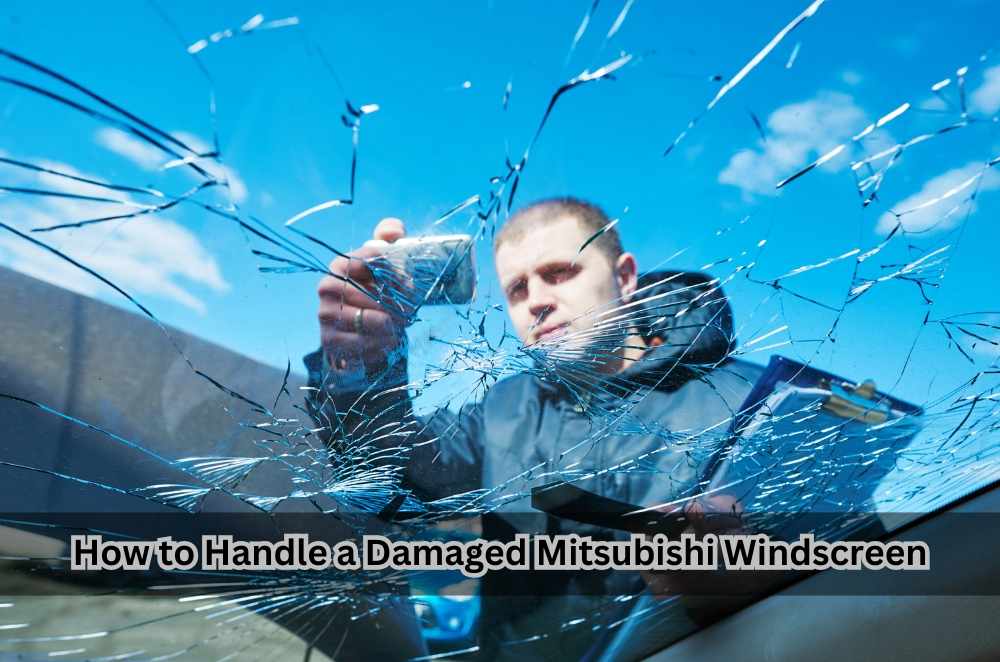


Write a comment ...